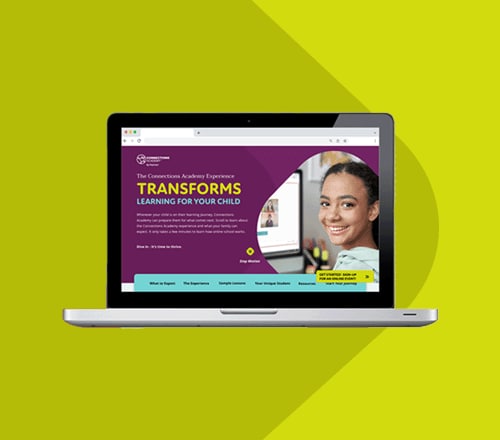Healthy Study Break Ideas for Online Learners
byElizabeth Preston
4 min to read
Time management is key for students to be successful in online school, and part of time management is taking breaks while studying.
Research shows that students need to take regular study breaks to recharge and to improve their focus, and breaks can help prevent, or break the habit of, procrastination. How often students should take breaks when studying may depend upon the student’s age, the difficulty of the material, and any potential time constraints but, in general, students should take a break every fifty to ninety minutes, and breaks can last from five to sixty minutes.
However, not all break activities yield equally positive results for students.
So, how can students have productive study breaks that leave them feeling refreshed and mentally ready to tackle their schoolwork? Here are seven healthy and productive study break ideas.
1. Engage in Physical Activity
Exercise can be a productive study break, because research shows that exercise can improve memory and reduce feelings of stress and anxiety—both of which are often counterproductive to a successful study session. Also, exercise can encourage efficient and effective learning because it can increase the brain’s oxygen levels, better your student’s energy levels, and improve your student’s mood. Additionally, research finds that using physical activities as study breaks can help students to focus better and aid them in achieving the recommended sixty minutes of physical activity a day.
Physical activity can include stretching, taking a walk, throwing a ball, or something more creative.
2. Spend Time Outside
Spending time outside for at least twenty minutes has been shown to lower cortisol levels and reduce feelings of stress. So, spending time outside is a great study break for stressed students. Moving away from their screens and study areas and into nature can also restore students’ concentration and renew their focus so that they can study more efficiently after their productive study break.
3. Pursue Mindfulness Activities
Mindfulness activities involve being aware of what one is feeling and sensing and accepting those feelings in a nonjudgmental way. They essentially allow a person to identify their feelings, acknowledge those feelings, and then let go of those feelings, thereby enabling the person to return to a calm state of mind.
Mindfulness activities have been shown to reduce stress, renew focus, and aid in developing emotional control, so they can be calming, restful, and productive study breaks for students. Some mindfulness activities include guided imagery meditations and breathing exercises.
4. Make Healthy Snacks
Sometimes, when students are studying, they may forget to eat, or they may not eat healthily. Yet, research finds that what children ingest can affect their moods and learning abilities in addition to their physical health.
Eating a healthy snack rather than junk food can ensure that a student’s brain has the fuel it needs and can help to guard against low blood sugar. This can also provide parents and Learning Coaches with an opportunity to talk about healthy eating habits with their students.

5. Spend Time with Friends
While social media may not provide productive study breaks, social interaction in other forms can give students opportunities to develop their social intelligence and conflict resolution skills while giving their brains a break. Spending time with friends can also help students to have good mental health overall.
6. Get Enough Sleep
Children and teens often do not get the recommended amount of sleep, which, according to the Centers for Disease Control and Prevention (CDC), is between nine and twelve hours for elementary and middle school children and eight to ten hours for teens. Napping between fifteen and ninety minutes can help children and teens to reach the recommended hours of sleep while reinvigorating them to study. Napping can also allow students’ brains to rest and process information as well as increase their alertness and memory.
7. Make Room for Creative Activities
Creative activities, such as making art or engaging in music, can help students to develop their problem-solving skills and creativity while giving their brains a study break. It’s like using your muscles—to give one muscle a break, you work out your other muscles.
The creative activity can be tied to other lessons in school, can be of the student’s own creation, or can be part of a hobby that the student enjoys. Some study break ideas that involve creativity include painting, sculpting, making origami, and cooking.
Studying for hours and hours without taking a break can lead to cognitive fatigue that is often demotivating and can have an adverse effect on studying. By taking productive study breaks, your student can still have fun while refreshing their mind, body, and soul. Healthy study breaks can even be used as part of a reward system to motivate your student to push through tough subjects. Whatever study breaks you and your student choose, remember to consider your student’s schedule, goals, and personality.



